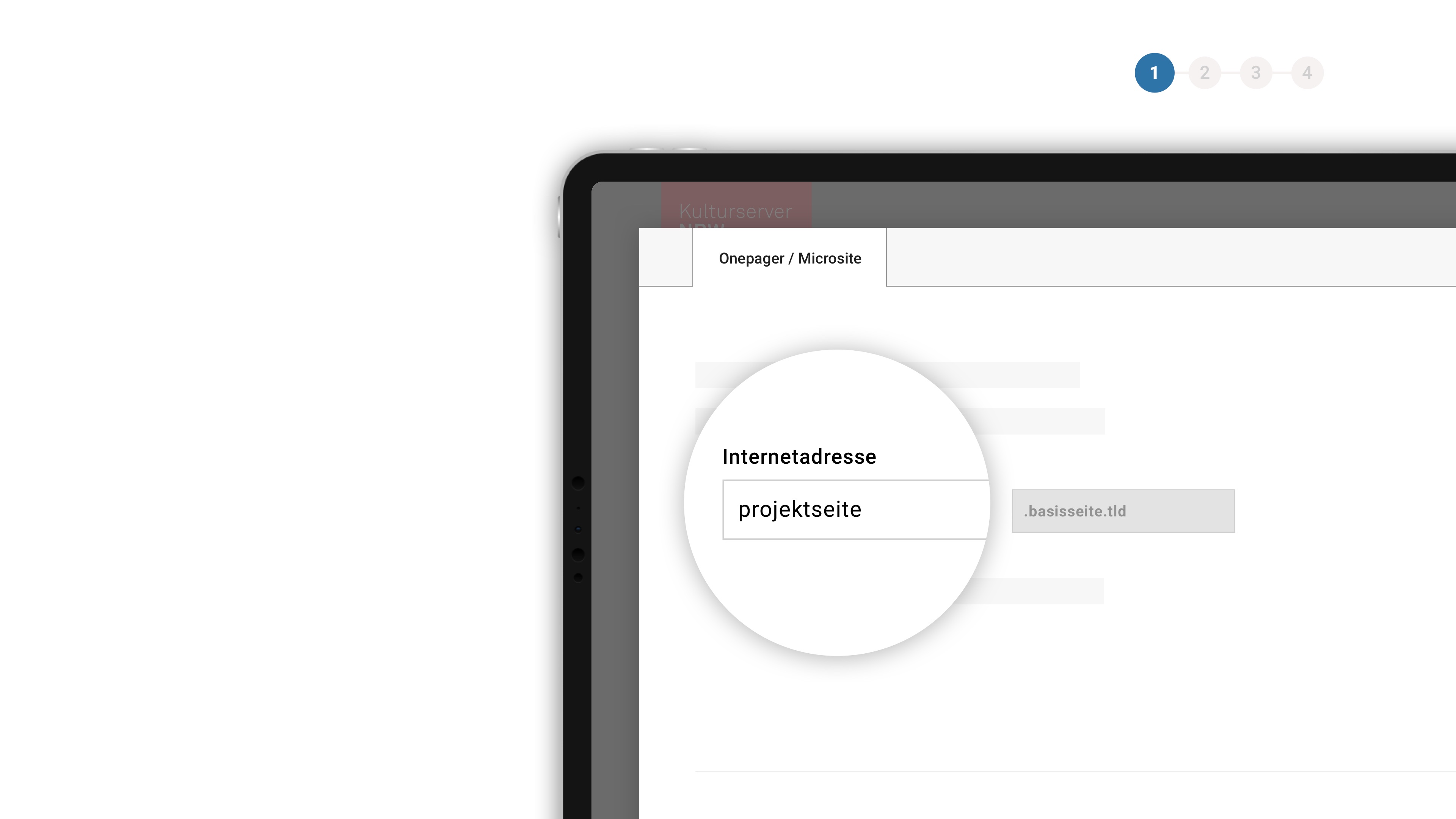Synopsis
During the early 1900s, Maria, a young working-class woman, wins a camera in a lottery. Her frst impulse is to sell it to buy food. But she decides to keep it – a decision which alters her whole life. She is married to Sigfrid Larsson, an unskilled laborer, quite a woman’s man and a periodical alcoholic. She is already a mother; eventually she will have seven children. Later when Maria needs money again, she seeks up the photographer Sebastian Pedersen, alias “Pif Paf Puf, but he thinks Maria should try the camera at least once. Pedersen teaches Maria the art of photography, and she starts to see theworld through new eyes. And Pedersen sees Maria as the talented woman she is.
The life of Maria is weighed down because of poverty and hard work. But at night – while Sigfrid sleeps of his drunkenness – Maria develops her pictures in the kitchen.
Children, neighbors, cats – everything comes to life in photographs which will last, when all else is gone. As time goes by, Maria’s pictures narrate more and more of the “now” that she lives in – poverty and joys, the outbreak of war, a whole society undergoing change. Maria’s relationship to Pedersen disclose a possible path to freedom. To Sigfrid, this becomes a threat. But the camera gives Maria new strength and arouse a longing in her that Sigfrid can do nothing about. Violent arguments threaten to split the family, but also present opportunities for the family to grow stronger, to develop.





